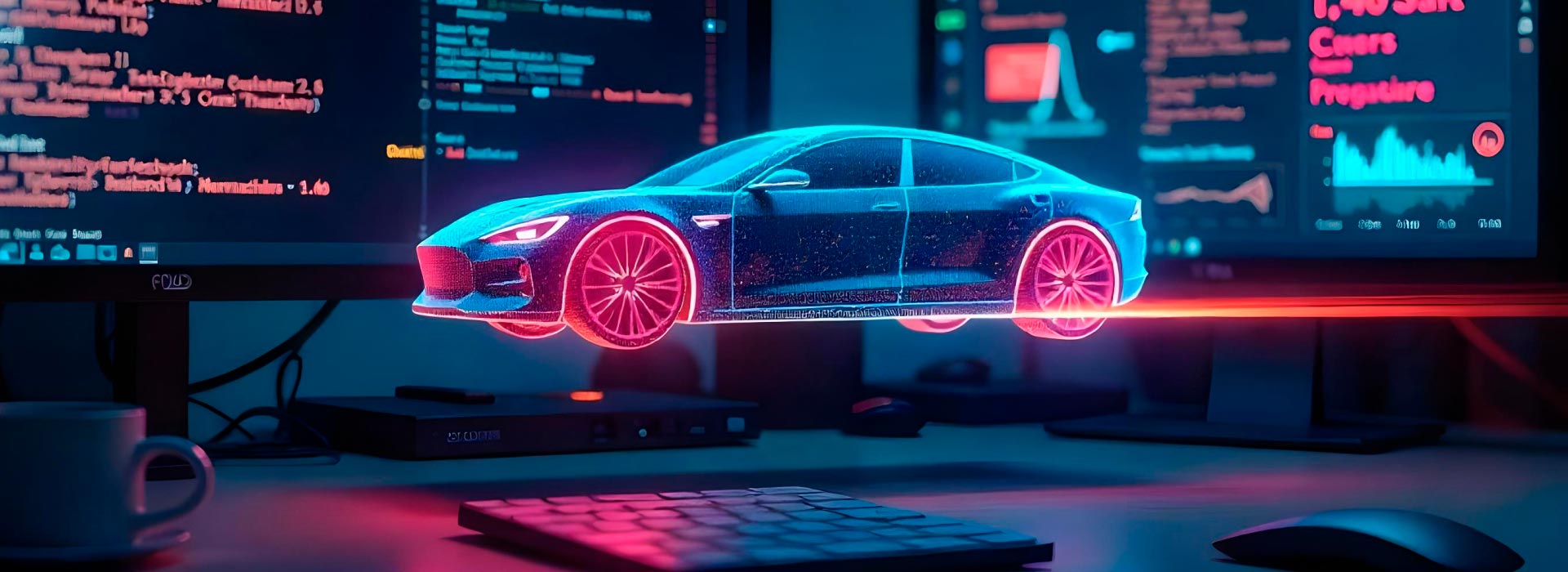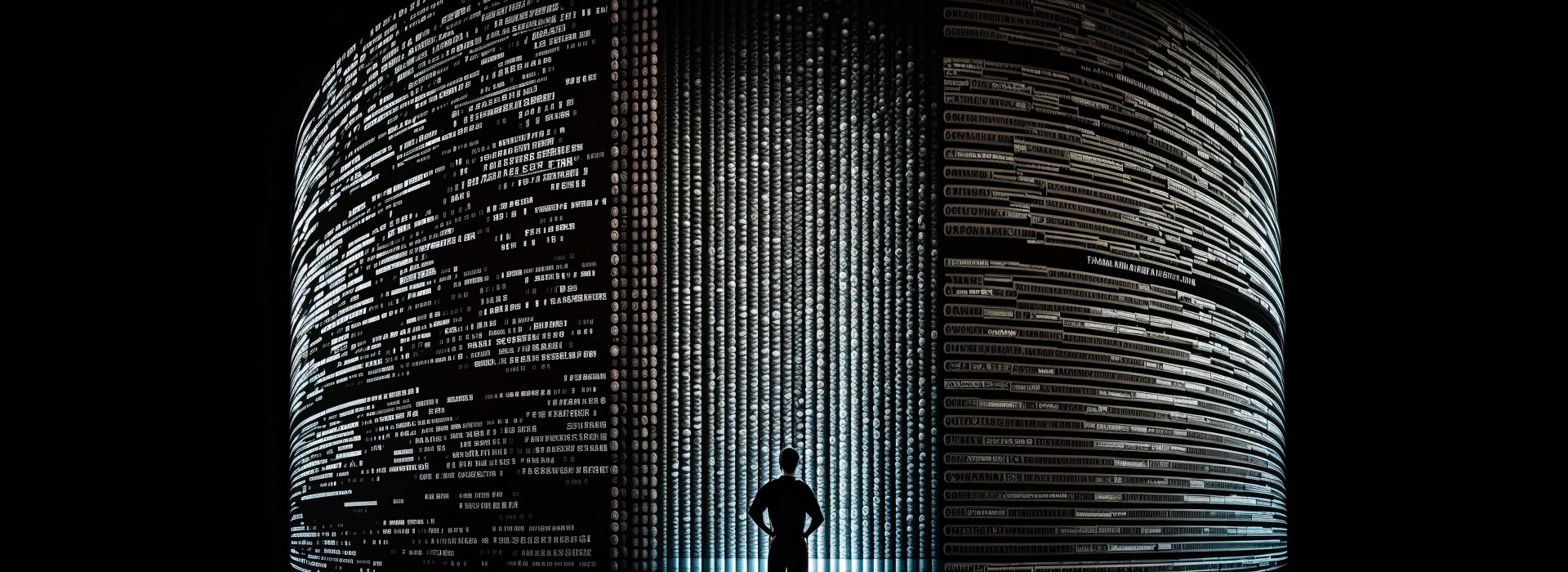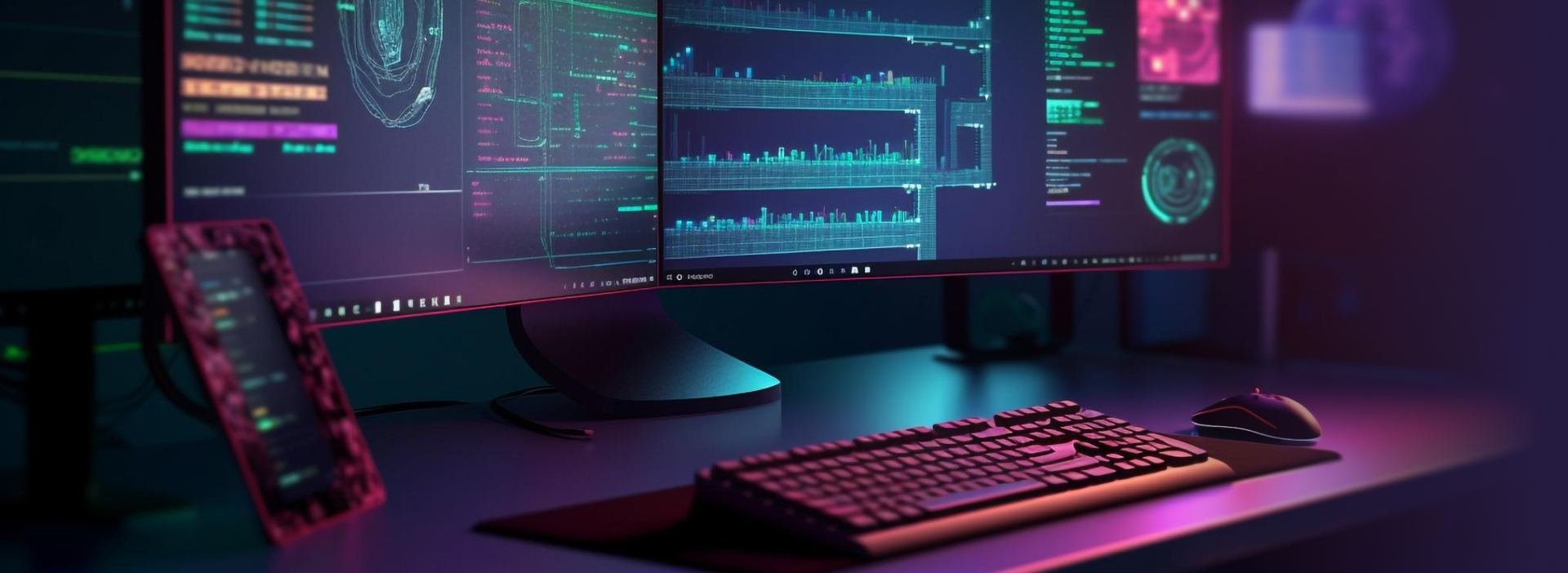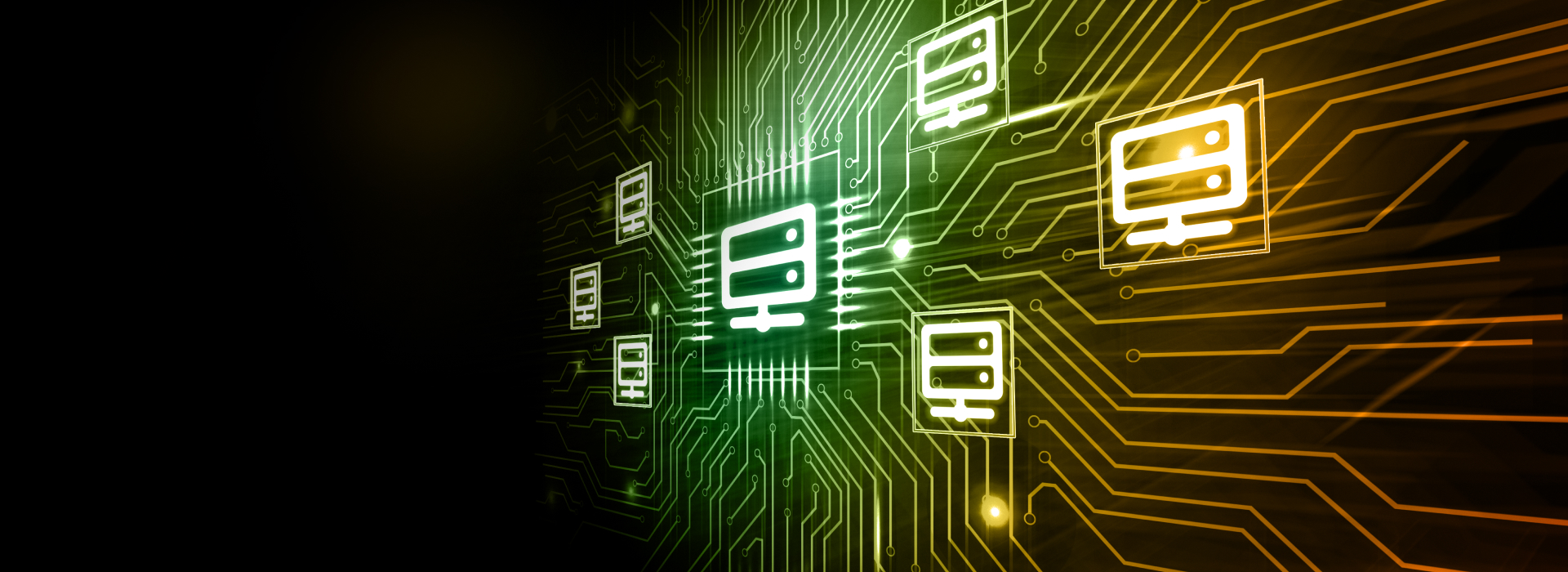
Risk Assessment and Penetration Testing: Brief Guide
Discover how risk assessment and penetration testing work together to uncover vulnerabilities and prioritize threats for stronger cybersecurity.


Discover how risk assessment and penetration testing work together to uncover vulnerabilities and prioritize threats for stronger cybersecurity.

This article is aimed at helping you test drivers for Windows. Since there are many different types of drivers, we cover the specifics of each type an...

Discover helpful tips for automotive cybersecurity testing to protect your software. Detect and fix vulnerabilities before they compromise your projec...

Learn best practices and techniques for time estimation in software testing with Apriorit’s guide, including a helpful template to improve your QA p...

Increase your software system’s fault tolerance with chaos testing. Learn the best practices that will keep your system working no matter what.

Ensure consistent quality of your cross-platform applications by exploring best practices and tools for end-to-end testing.

Learn how to use Python for automation testing on your project and which tools to choose when building a framework.

Discover how end-to-end test automation with Cypress framework can help you improve your testing process and reduce the workload on your QA team.

Improve your VoIP call quality. Learn what to keep in mind and what metrics you should measure when creating software that supports audio and video ca...

Discover the power of performance testing using JMeter with Grafana, InfluxDB, and Telegraf for efficient web app monitoring.
Tell us about
your project
...And our team will:
Do not have any specific task for us in mind but our skills seem interesting? Get a quick Apriorit intro to better understand our team capabilities.